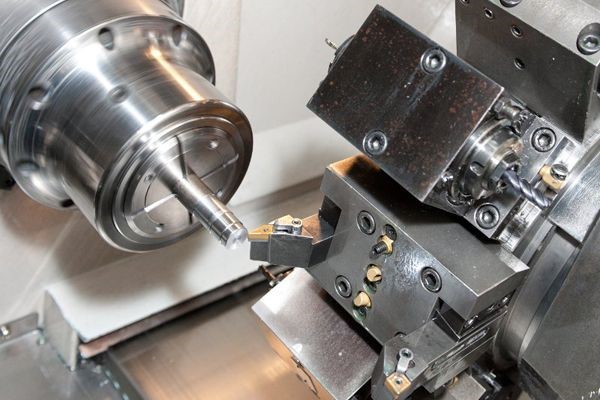Designers and engineers can conceptualize and test their concepts with prototype tooling before beginning large-scale manufacturing. Prototyping tooling is an essential part of the product development lifecycle. Effective prototype China can reduce expenses, save time, and improve product quality. Follow these best practices to ensure your prototype tooling process is as efficient as possible.

Define Clear Objectives
Any tooling effort must have specific goals before it can begin. State the goals you have for your prototype clearly. Are you evaluating the fit, usability, or appearance of the design? Setting clear objectives can help you make decisions along the way and guarantee that your prototype fulfills its intended function.
Collaborate Early and Often
Collaboration amongst a variety of stakeholders, like designers, engineers, and manufacturers, is necessary for effective prototype tooling. Include these people as early in the design process as possible to get their opinions and ideas. Regular communication can assist detect potential problems and solutions before they become serious ones to ensure a more efficient workflow.
Select the Right Materials
It is important to select the appropriate materials for your prototype. The material should closely resemble the features of the finished product for testing findings to be as realistic as possible. Consider elements like flexibility, strength, and heat resistance. Choosing affordable and easily obtainable materials will also help you stay within your project's budget.
Embrace Iteration
The development of prototypes is inevitably iterative. Your initial prototype won't be flawless. Rather, see every iteration as a chance to grow and learn. Test your prototype extensively, get input, and make any required modifications. You can improve the design in response to actual performance through this iterative approach, which will ultimately result in a more successful finished product.
Utilize Advanced Technologies
Make use of cutting-edge technology, including computer-aided design (CAD) software, CNC machining, and 3D printing. These tools can improve accuracy and expedite the prototyping process considerably. For instance, complicated geometries that would be difficult or expensive to manufacture using conventional techniques can be quickly prototyped with 3D printing. Your prototype tooling can function more effectively and of higher quality if these technologies are incorporated.
Prioritize Testing and Validation
It is crucial to do thorough testing when your prototype is ready. Verify its performance in relation to the set goals. This could entail assessments of aesthetics, usability, and functionality. Collecting both quantitative and qualitative data can assist in ensuring that the finished product lives up to market expectations and offers insightful information for future iterations at this stage.
Document the Process
It is essential to have comprehensive documentation during the prototype tooling phase. Keep a record of all design modifications, test findings, and comments you receive. This documentation will help you learn from the past and prevent mistakes from being made again, which will be very helpful for initiatives in the future.
Your product development process can be improved significantly by putting these best practices for efficient prototype tooling into practice. You can optimize your workflow and raise the caliber of your finished product by following the best practices for effective prototype tooling. Recall that the purpose of prototype tooling is to make a workable product that satisfies consumer demands and expectations, not only to build a model.
















